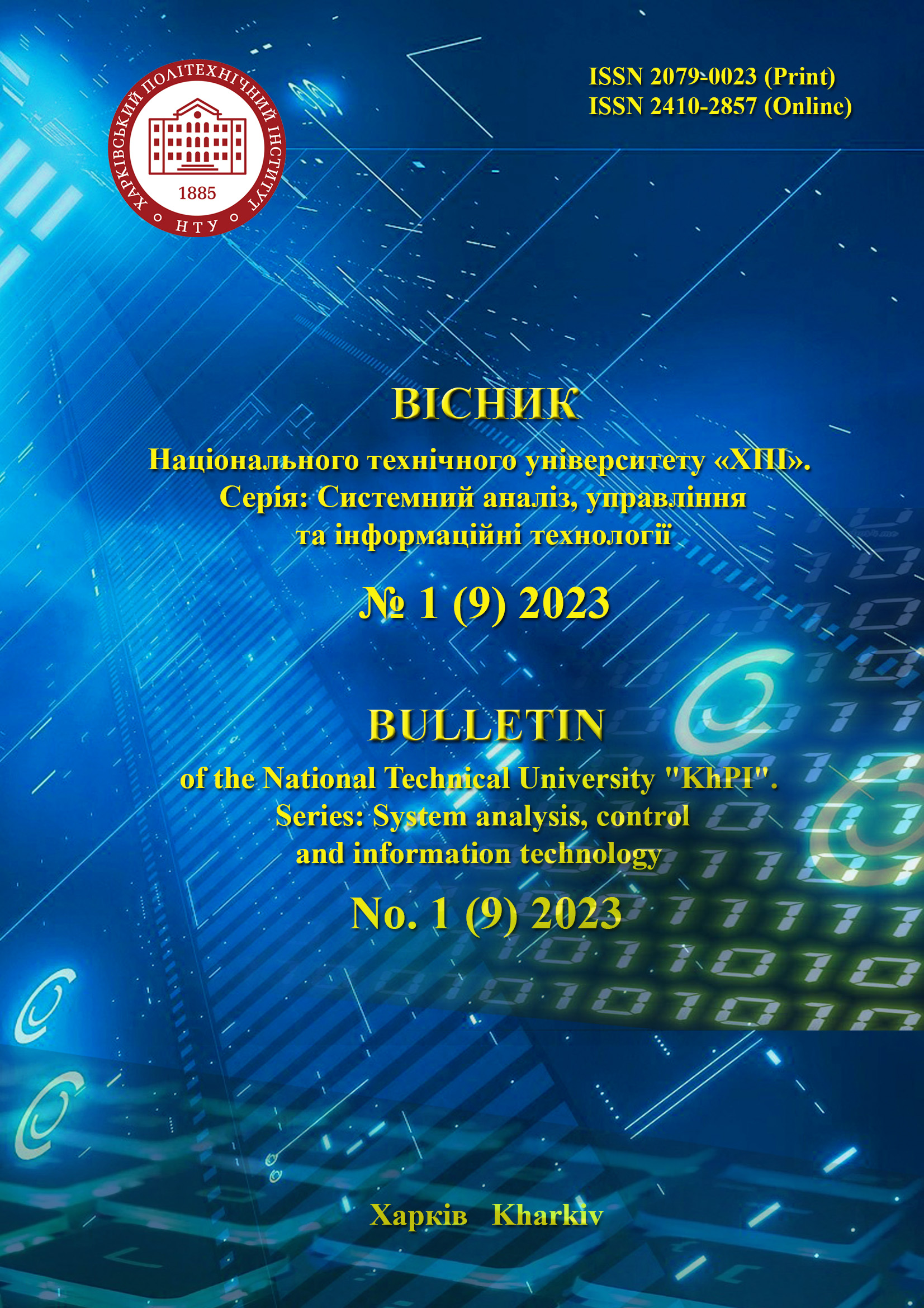USING OBD-2 TECHNOLOGY FOR VEHICLE DIAGNOSTIC AND USING IT IN THE INFORMATION SYSTEM
DOI:
https://doi.org/10.20998/2079-0023.2023.01.15Keywords:
Car, on-board computer, computer diagnostics, scanner, OBD2, information systemAbstract
This article considers the research of OBD-2 technology for interaction with on-board vehicle systems, the creation of a unified system that can work with different makes and models of cars. The history of OBD-2 technology, its development, existing standards and their implementation in modern cars is described. Basic diagnostic functions are described, with which you can get information about the car, as well as perform its settings and send various commands to it. In addition, the hardware part of the scanner, its technical features, nuances of interaction with it and the purpose of each of its pins are considered. Also reviewed couple models of scanners that can be used to develop this system. Conclusions are drawn on the practicability of their use, taking into account their capabilities. Existing software analogues, their main functions, advantages and disadvantages are considered. The general concept of interaction with the car via OBD-2, the interaction algorithm and step-by-step analysis of the interaction between the scanner and the car are also considered. The software part of the interaction between the car and the scanner, special codes used to send requests and responses, their further analysis and interpretation in a human-friendly form are considered. The possibilities for the unification of these codes for different car manufacturers and the common code base to create a universal system that will be suitable for different cars from different car manufacturers are highlighted. A model of the software system is proposed, which can embody a large set of useful functions for any motorist and will be compatible with a large number of modern cars equipped with universal diagnostic tools, while using an affordable scanner model without the use of expensive professional equipment.
References
Gallardo F. Extraction and analysis of car driving data via OBD-II: Bachelor thesis. Elche, 2018. 65 p.
Rodríguez A., Álvarez J., Rodríguez R. Implementation of an OBD-II diagnostics tool over CAN-BUS with Arduino. Sistemas & Telematic. 2018, vol. 16, no. 45, pp. 45–53.
TOAD Pro Homepage: Perfect OBD2 Programming Software For Laptop. Available at: https://www.obdadvisor.com/toad-pro/ (access date: 20.01.2023).
PCMSCAN Features Homepage. Palmer performance engineering, inc. Available at: https://www.palmerperformance.com/products/pcmscan/index.php (access date: 01.02.2023).
Süzen A.A., Kayaalp K. Web based tracking of vehicle fault and performance data on OBD II. Techno-Science. 2018, pp. 13–16.
Türker G. F., Kutlu A. Survey of Smartphone Applications Based on OBD-II for Intelligent Transportation Systems. Gül Fatma Türker Int. Journal of Engineering Research and Applications. 2016, vol. 6, pp. 69–73.
Golian V., Rybitskyi, O. Methods, models and means of interaction with the car using obd-2 diagnostic systems. InterConf. 2022, pp. 467–472.
Rimpasa D., Papadakis A., Samarakou M. OBD-II sensor diagnostics for monitoring vehicle operation and consumption. Tmrees, EURACA. 2019, vol. 6, pp. 55–63.
OBD-II DTC List. Available at: http://www.totalcardiagnostics.com/support/Knowledgebase/Article/View/21/0/complete-list-of-obd-codes-generic-obd2-obdii--manufacturer (access date: 10.02.2023).
Moniaga J., Manalu S., Hadipurnawan, D. Sahidi F. Diagnostics vehicle’s condition using obd-ii and raspberry pi technology. IOP Conf. Series: Journal of Physics. 2018, DOI:10.1088/1742-6596/978/1/012011.
Smith J., Johnson A. Integration of OBD-II Technology for Vehicle Diagnostic in Information Systems. Proceedings of the International Conference on Information Systems (ICIS). 2022, vol. 1, pp. 45–51.
Jhou J., Chen S. The Implementation of OBD-II Vehicle Diagnosis System Integrated with Cloud Computation Technology. Intelligent Data analysis and its Applications. 2014, vol. 1, pp. 413–420.
Downloads
Published
How to Cite
Issue
Section
License

This work is licensed under a Creative Commons Attribution 4.0 International License.
Authors who publish with this journal agree to the following terms:
- Authors retain copyright and grant the journal right of first publication with the work simultaneously licensed under a Creative Commons Attribution License that allows others to share the work with an acknowledgement of the work's authorship and initial publication in this journal.
- Authors are able to enter into separate, additional contractual arrangements for the non-exclusive distribution of the journal's published version of the work (e.g., post it to an institutional repository or publish it in a book), with an acknowledgement of its initial publication in this journal.
- Authors are permitted and encouraged to post their work online (e.g., in institutional repositories or on their website) prior to and during the submission process, as it can lead to productive exchanges, as well as earlier and greater citation of published work (See The Effect of Open Access).


